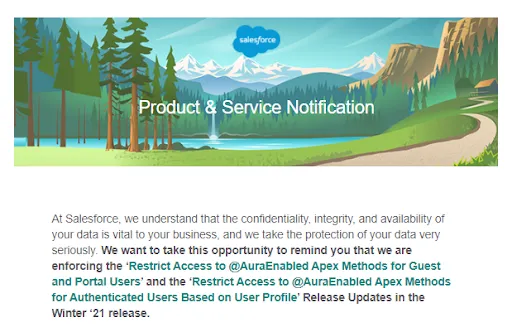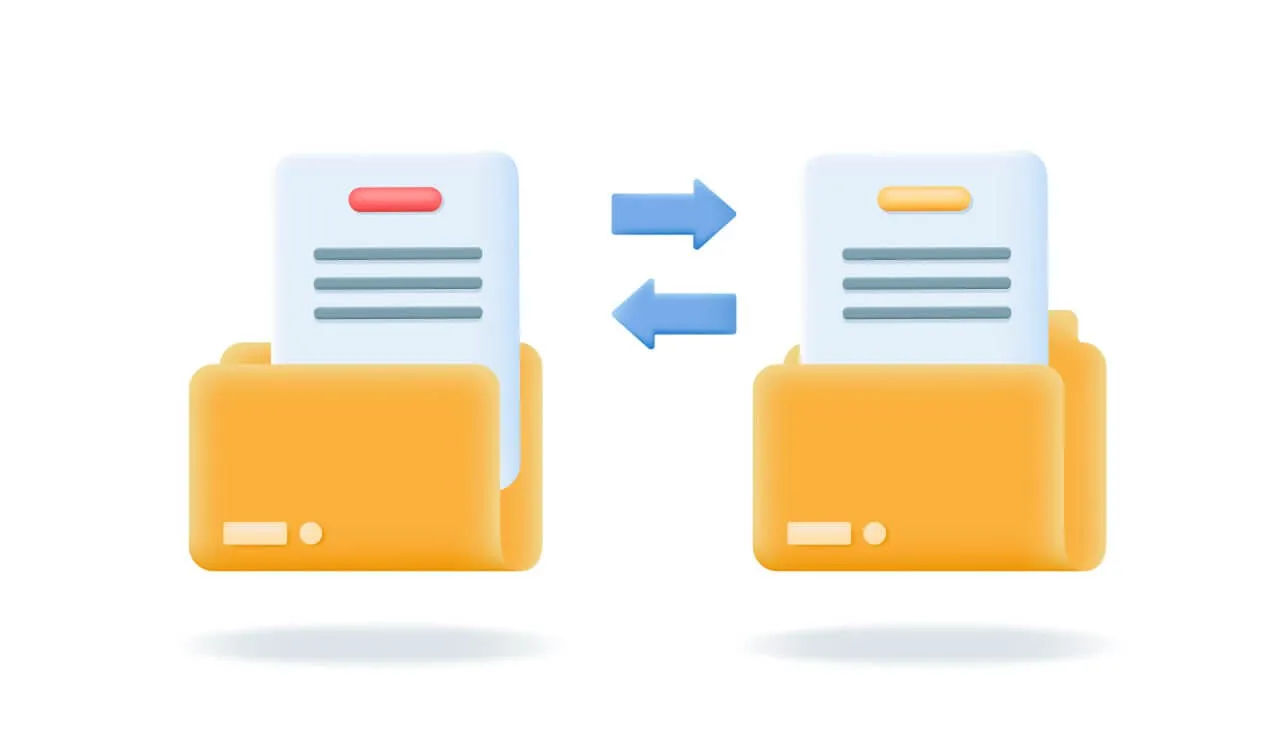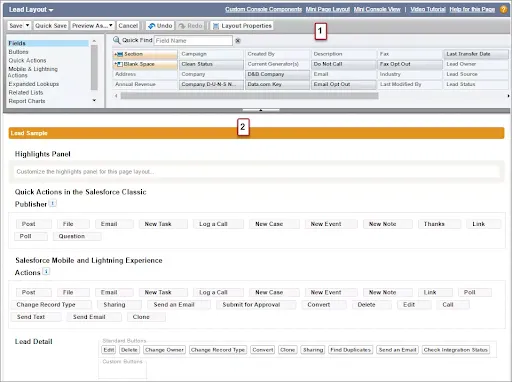Speed Is a Competitive Advantage: Respond to Leads and Deliver Proposals on Time
In competitive B2B markets, response time is often the deciding factor in winning new business. Slow replies and delayed proposals signal disorganization and create friction, while fast responses demonstrate reliability and professionalism. Companies that operationalize speed — from lead acknowledgment to proposal delivery — gain measurable advantages: higher conversion rates, shorter sales cycles, and improved cash flow. Streamlined processes, modular proposal templates, and automation tools allow firms to remove manual bottlenecks and consistently meet clear service-level standards. By turning responsiveness into a strategic capability, businesses transform speed into a sustainable market advantage.

In many B2B markets, the first acting party wins. The speed of acknowledgement and proposal delivery is more than a customer service metric — it is a market signal. Prospective buyers often treat responsiveness as evidence of organizational competence and reliability; conversely, slow responses create friction, erode momentum, and allow faster competitors to capture the opportunity even when pricing is similar. For owners, speed is a low-cost lever with outsized returns if operational blockers are removed.
Case in point
A 30-person professional services firm habitually acknowledged new queries after several business days and required up to a week to prepare a formal proposal. Prospects repeatedly expressed frustration with the slow cadence and sometimes accepted competing offers from smaller, quicker firms. Leadership introduced a simple operational standard — acknowledge inbound enquiries within 24 hours and deliver a full, client-ready proposal within 48 hours — and redesigned a few processes around it. They created modular proposal “building blocks” that could be combined quickly, delegated approval for standard discounts to frontline managers, and connected proposals to e-signature to close the loop. Within two quarters, the firm recorded higher conversion rates and a shorter average sales cycle; importantly, the gains came from process changes rather than price reductions.
What to implement / Recommendations
Begin by publicly committing to a clear SLA for lead response and proposal delivery, and measure adherence. Remove manual bottlenecks that delay proposals: introduce templated scopes of work, modular pricing blocks, and a streamlined approvals matrix that keeps exceptions moving quickly. Integrate e-signature and payment links so that signed approvals convert into cash without administrative lag. Use a lightweight dashboard to highlight SLA breaches and route exceptions to an escalation owner for rapid remediation. Train customer-facing teams on these expectations and provide practical coaching on how to prioritize and batch proposal assembly.
For owners evaluating investments, prioritize automation that reduces cycle time over headcount increases. Automating the low-value choreography of proposal assembly scales more predictably than hiring incremental staff to “catch up” with demand.
Expected outcome
Firms that operationalize speed gain a decisive commercial advantage: better conversion rates, shorter time to revenue, and higher perceived reliability in the market. Speed also improves internal economics — faster closure enhances cash conversion and reduces working capital strain without the need for discounting. The true benefit is strategic: the market enters a habit loop where buyers expect rapid, professional responses and reward those suppliers that deliver.
Enjoyed the article? Follow our LinkedIn newsletter for more insights — subscribe here.





























